Optimal Timing for Shrub Trimming
Understanding the optimal timing for shrub trimmings can enhance plant health and appearance. Proper scheduling ensures shrubs recover quickly and maintain their desired shape. This guide explores the best periods to perform trimming based on shrub type and seasonal considerations.
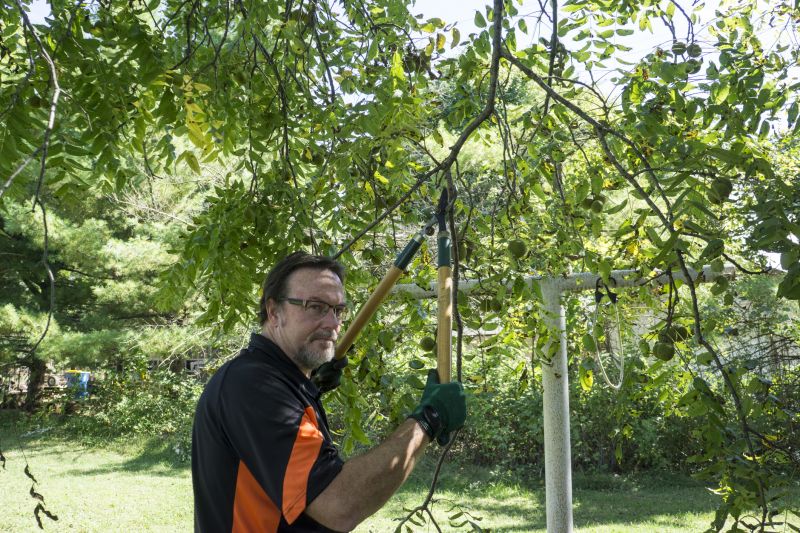
Early spring is ideal for shaping and removing dead or damaged branches before new growth begins.

Light trimming during summer helps maintain shape and encourages healthy growth.
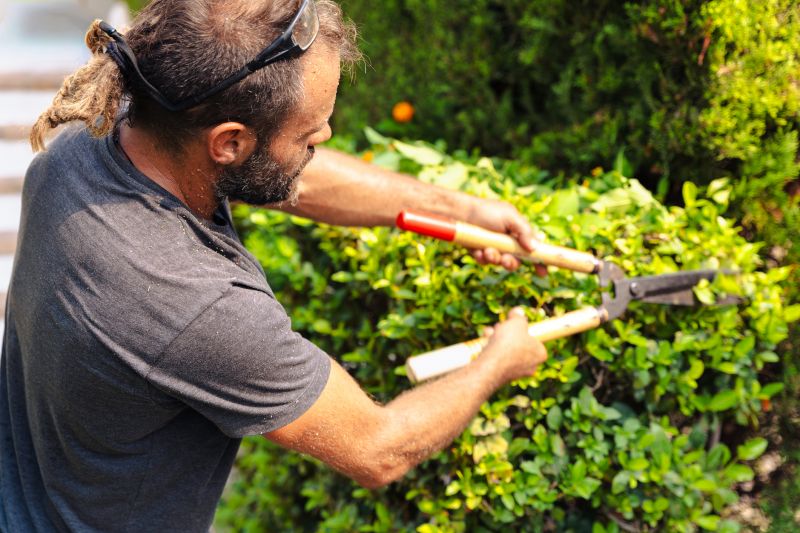
Late fall trimming prepares shrubs for winter, reducing risk of disease and pest infestation.
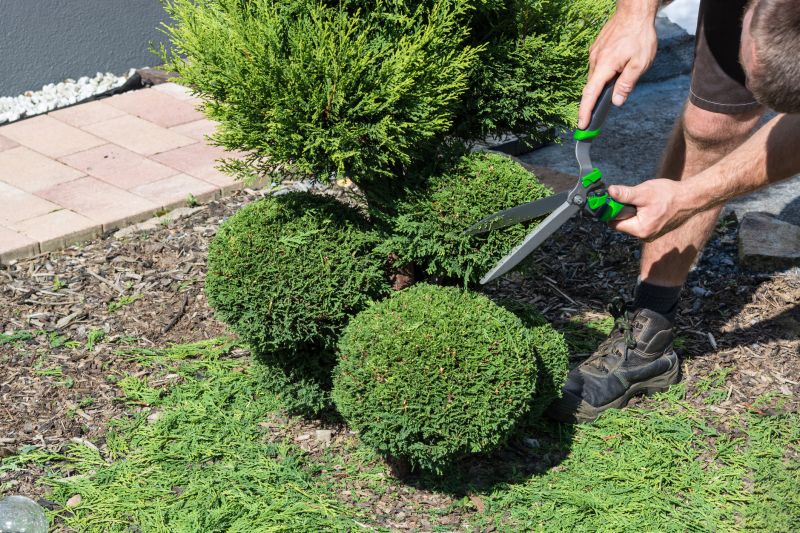
Ways to make Shrub Trimmings work in tight or awkward layouts.

Popular materials for Shrub Trimmings and why they hold up over time.

Simple add-ons that improve Shrub Trimmings without blowing the budget.

High-end options that actually feel worth it for Shrub Trimmings.

Finishes and colors that play nicely with Shrub Trimmings.
Pruning in spring promotes vigorous growth and flowering for many shrub varieties.
Fall trimming helps protect shrubs during winter months and reduces disease risk.
Excessive trimming can weaken shrubs; timing is key to healthy development.
Different shrub species have specific trimming windows for optimal results.
| Season | Ideal Trimming Time |
|---|---|
| Spring | Early to mid-spring before new growth starts |
| Summer | Mid to late summer with light trimming |
| Fall | Late fall after growth has slowed |
| Winter | Generally not recommended except for specific pruning |
| Evergreen Shrubs | Late winter to early spring before new growth |
Shrub trimmings are essential for maintaining healthy, attractive plants. Proper timing prevents overgrowth, encourages flowering, and reduces disease risk. Regular trimming also helps shape shrubs to fit landscape designs. Understanding seasonal patterns and shrub-specific needs ensures optimal results and plant vitality.
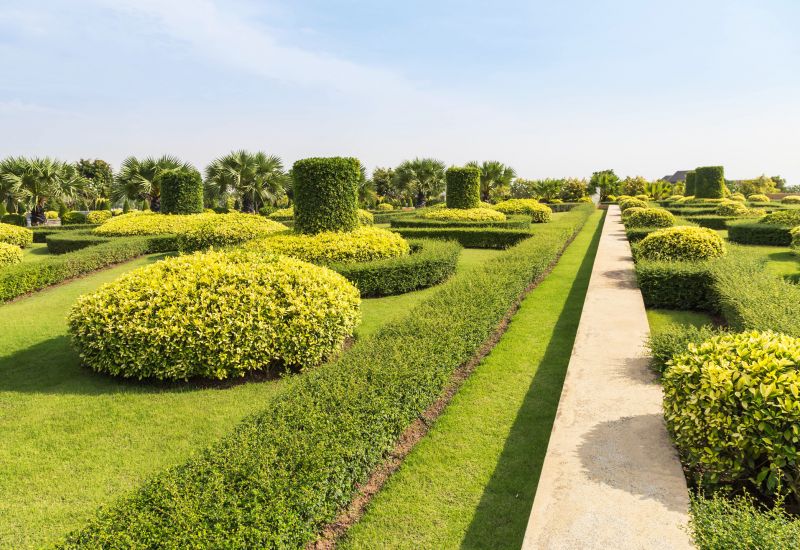
Proper trimming promotes vigorous growth and flowering.
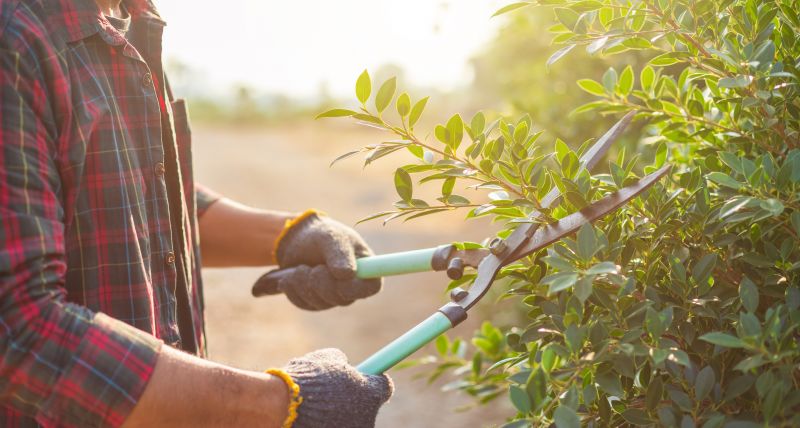
Using sharp tools ensures clean cuts and reduces plant stress.
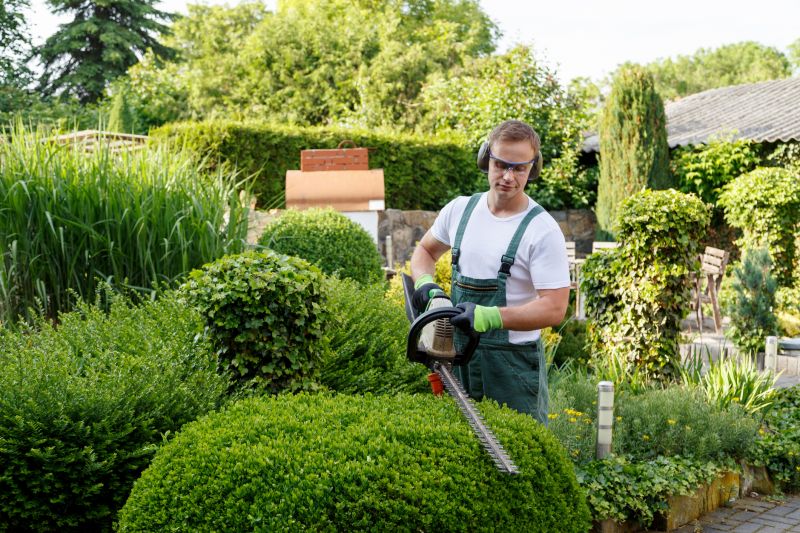
Growth patterns vary by season, affecting trimming schedules.
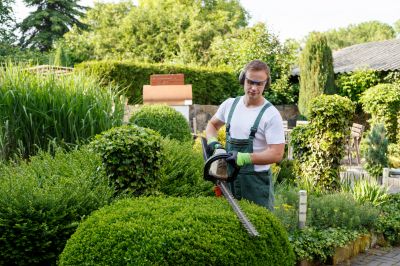
Most trimming is best avoided during dormancy unless necessary.
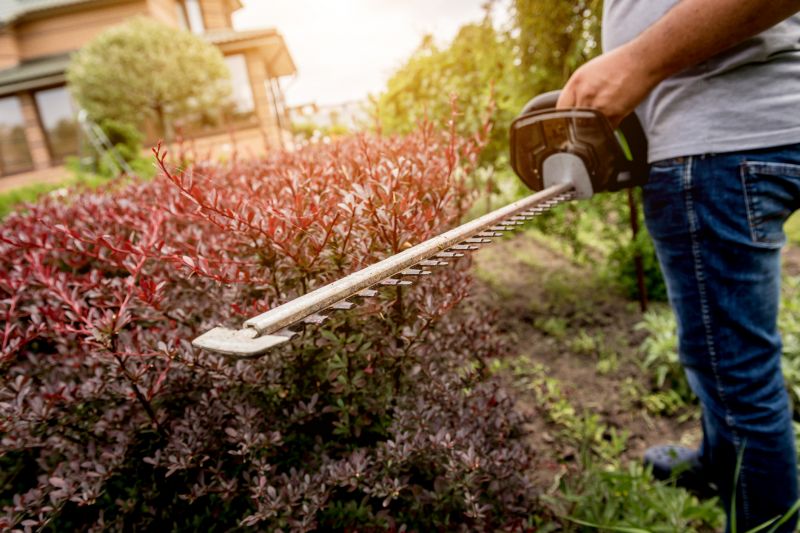
Little measurements that prevent headaches on Shrub Trimmings day.
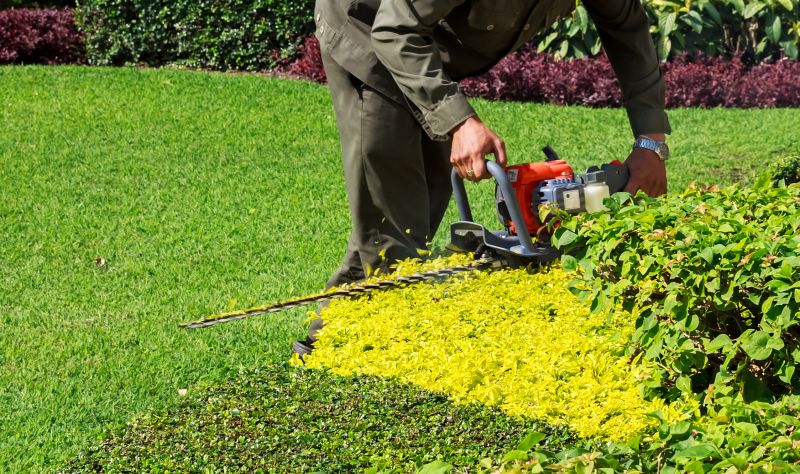
A 60-second routine that keeps Shrub Trimmings looking new.
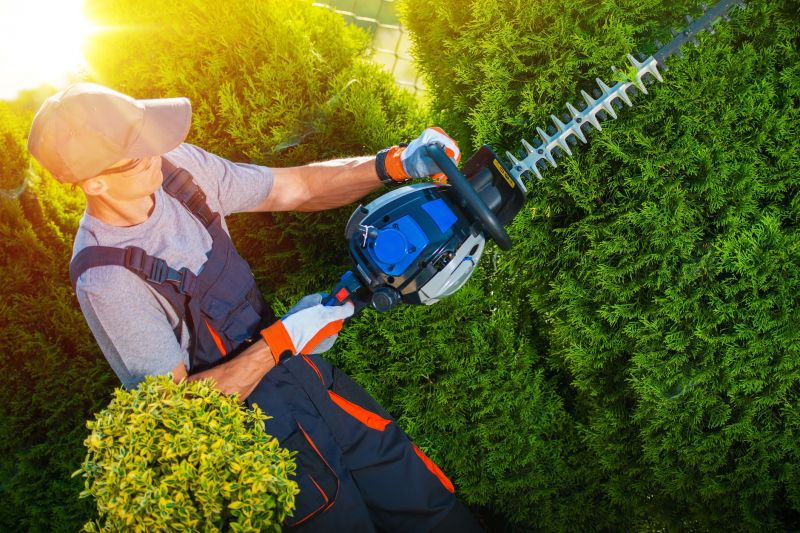
A frequent mistake in Shrub Trimmings and how to dodge it.
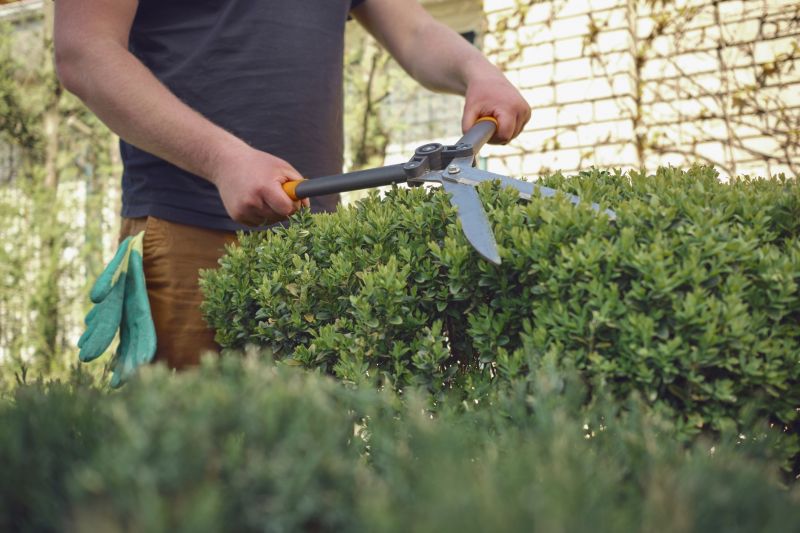
Small tweaks to make Shrub Trimmings safer and easier to use.
For those interested in shrub trimmings, filling out the contact form can provide additional guidance and scheduling options. Proper timing and technique contribute to the health and aesthetic appeal of landscape shrubs, making professional assistance beneficial for optimal results.

